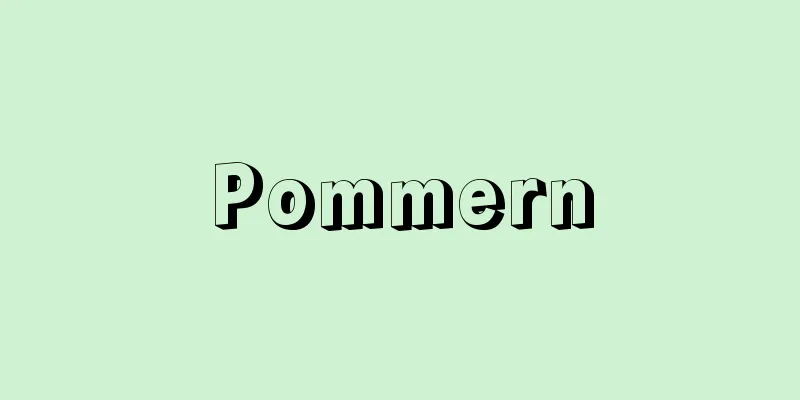Continuing expenses

|
Some expenses in the national budget are related to construction, manufacturing, and other projects that require several years to complete. When there is a particular need for this type of expense, the total amount and annual amount of the expense can be determined, and it can be spent over several years according to the Diet's resolution in advance. This system or the expenses are called continuing expenses. This continuing expenses system is a major exception to the principle of independence of fiscal years. In other words, if the total amount of expenses over several years is collectively approved by the Diet in the first year, the right to spend up to the annual amount of each year is automatically given in subsequent years during the implementation period. Therefore, if continuing expenses become too large, there is a risk that it will put pressure on future budget management. The period during which the government can spend continuing expenses is limited to within five fiscal years after the fiscal year in question, but this period can be extended further in the following fiscal year or later by a Diet resolution. In addition, the Diet does not prevent the Diet from repeatedly deliberating on the continuing expenses during the budget deliberations of the fiscal year after the establishment of the continuing expenses. The annual amount of the continuing expenses constitutes part of the revenue and expenditure budget for that fiscal year, but is prepared separately from the revenue and expenditure budget as continuing expenses of type B. The continuing expenses system is also recognized for local governments. [Masatoshi Hayashi] Source: Shogakukan Encyclopedia Nipponica About Encyclopedia Nipponica Information | Legend |
|
国の歳出予算の経費のなかには、その完成に数年度を要するような工事、製造その他の事業にかかわるものがある。この種の経費についてとくに必要のある場合には、経費の総額および年割額を定め、あらかじめ国会の議決を経て、その議決するところに従い、数年度にわたって支出することができる。このような制度ないしその経費を継続費という。この継続費の制度は、会計年度独立の原則に対する大きな例外を形成する。すなわち、数年度にわたる経費の総額を一括して初年度において国会の議決を経ておけば、実施期間中の後年度において自動的に各年度の年割額までは支出権を与えられることになる。したがって継続費があまり大きくなると、将来の予算運営を圧迫するおそれがある。継続費として国が支出することのできる年限は、当該会計年度以降5か年度以内とされているが、翌年度以降において、国会の議決を経てさらにこの年限を延長することは可能である。また継続費成立後の会計年度の予算の審議において、国会がこの継続費について重ねて審議することを妨げないものとしている。継続費の年割額は、その年度の歳入歳出予算の一部を構成するのであるが、歳入歳出予算とは別に、乙号継続費として準備される。なお、地方公共団体についても、継続費の制度が認められている。 [林 正寿] 出典 小学館 日本大百科全書(ニッポニカ)日本大百科全書(ニッポニカ)について 情報 | 凡例 |
<<: Silicon steel (silicon steel) - keisokou (English spelling) silicon iron
>>: Continuing credit relationship
Recommend
Otomo no Yakamochi - Otomo no Yakamochi
A representative poet and official from the final...
Dicruridae
…the name given to any of the birds of the family...
Euler's constant - Euler's constant
The series S n = 1 + 1/2 + 1/3 + ... + 1/ n diverg...
Gamelan Charun - Gamelan Charun
… [kinds] Gamelans in which one or several suling...
White blood cells
One of the formed elements contained in blood. Th...
Inugami Mochi - Inugami Mochi
...A type of tsukumono found mainly in Shikoku, e...
Lattice defects
There is a wide range of regularity in the atomic...
margay
...Because they are beautiful and tame, they have...
Overflowing - Abremono
1. A person who has lost his job. A ronin. 2. A sc...
Shikakura
...A place designated for capturing wild birds an...
Galenic wax - Galenic wax
…Ointments were also made to protect the skin fro...
pontoon
...Note that a pier equipped only with mooring fa...
Hamako
A worker engaged in salt production at a salt fiel...
Bleaching agent
This is a chemical that chemically breaks down co...
Johnson, Boris
Born June 19, 1964. New York, New York, United Sta...









